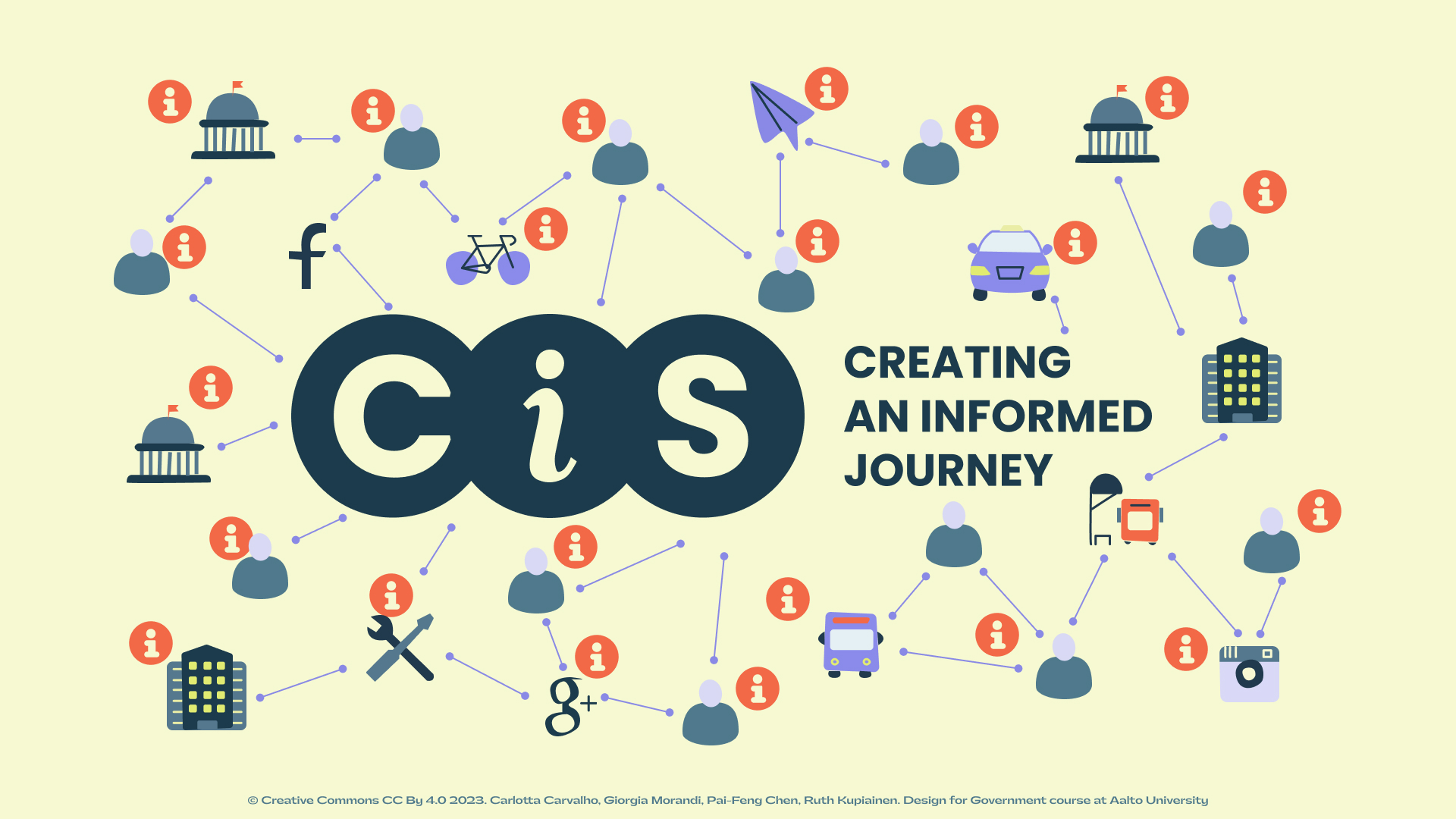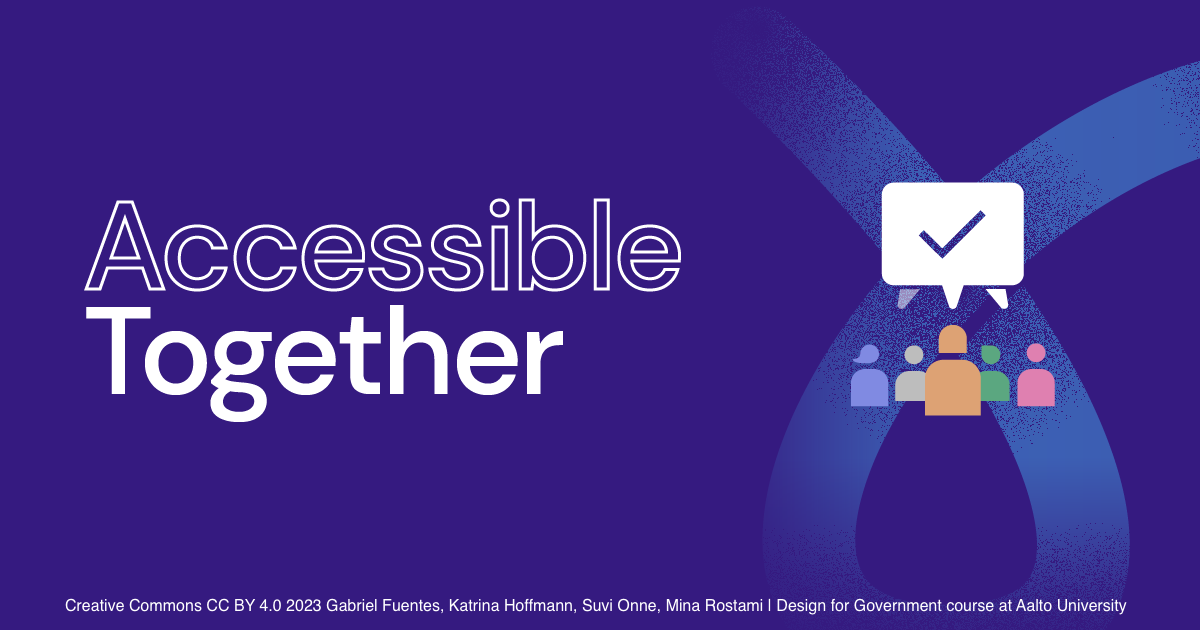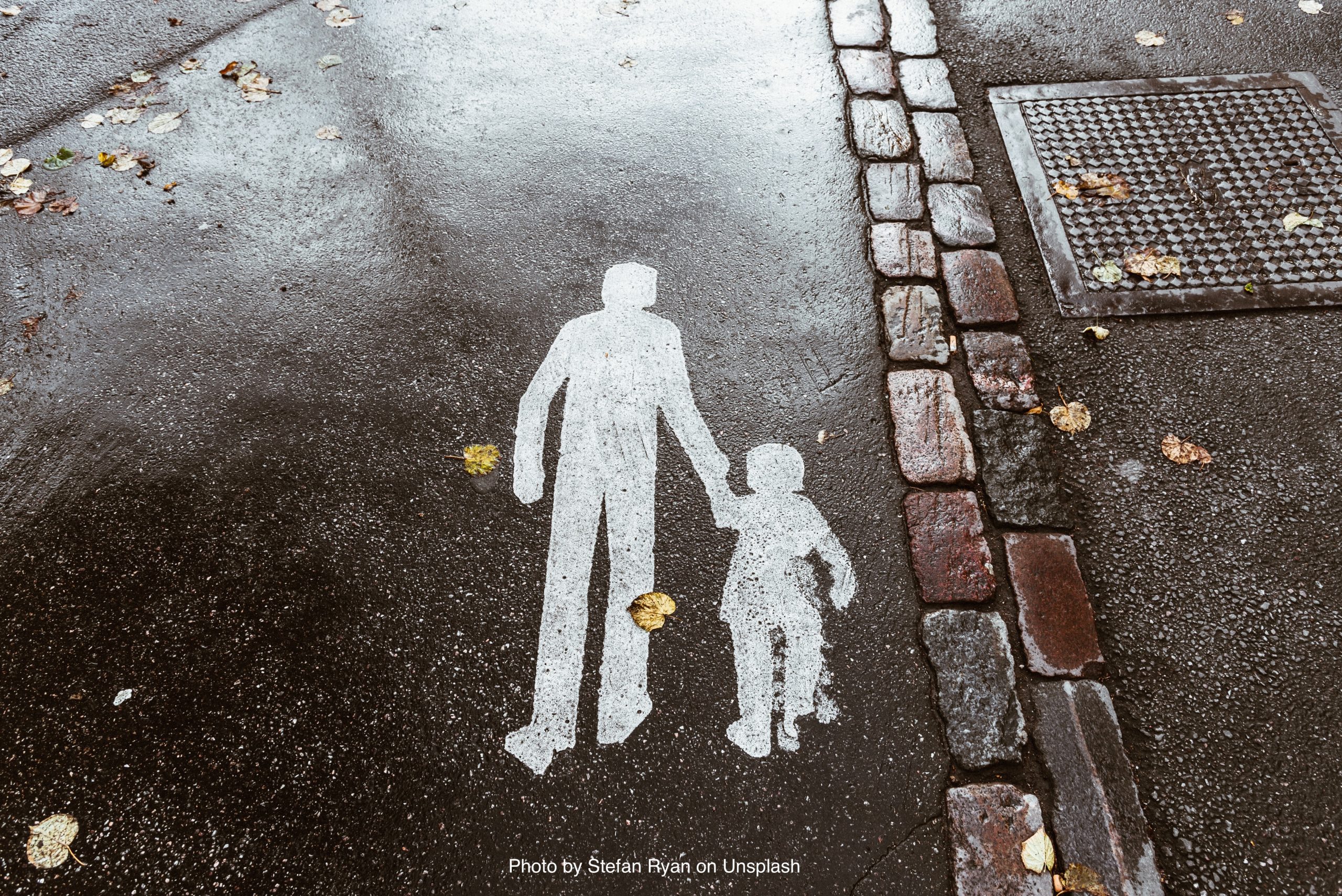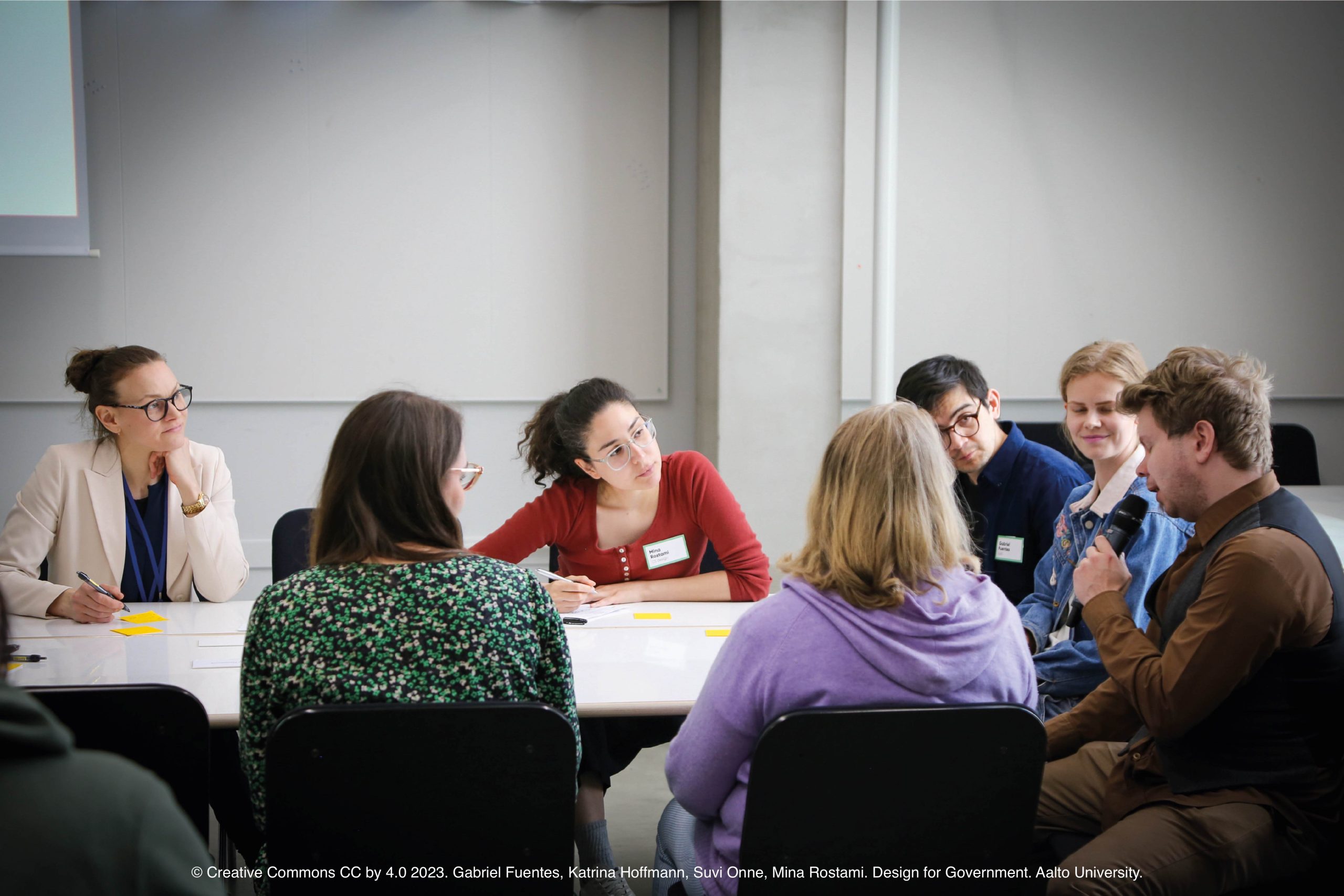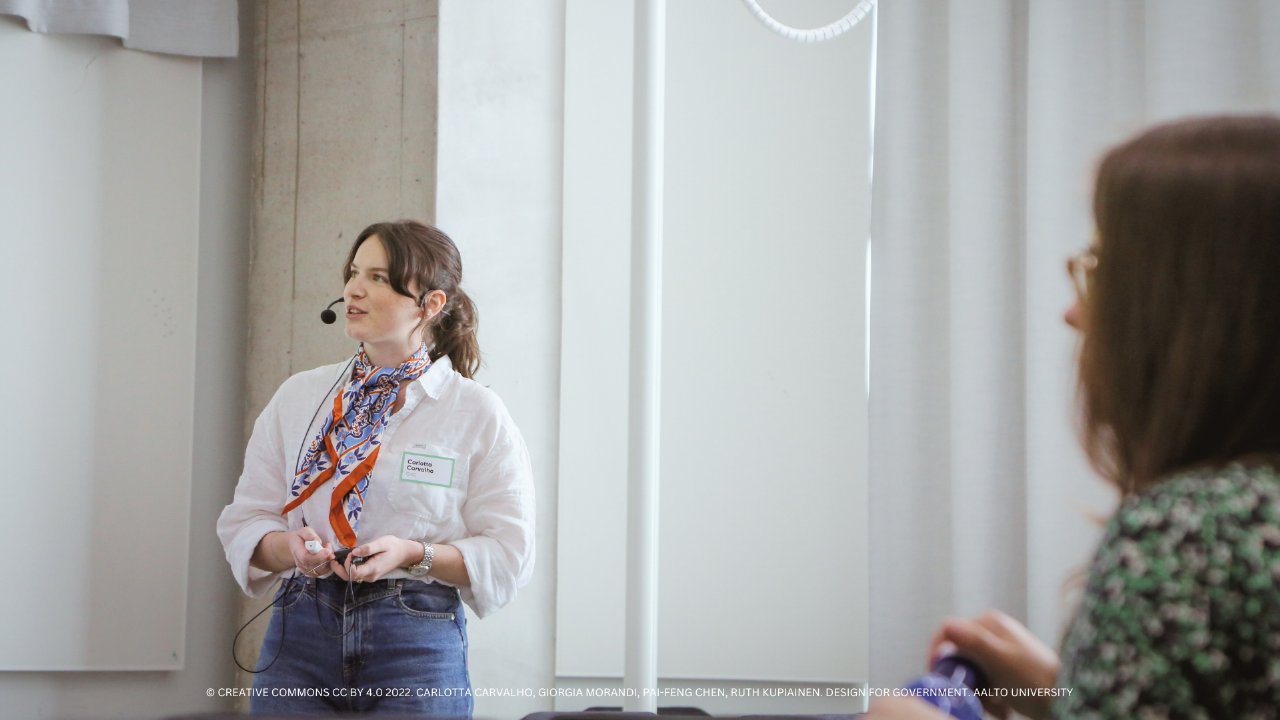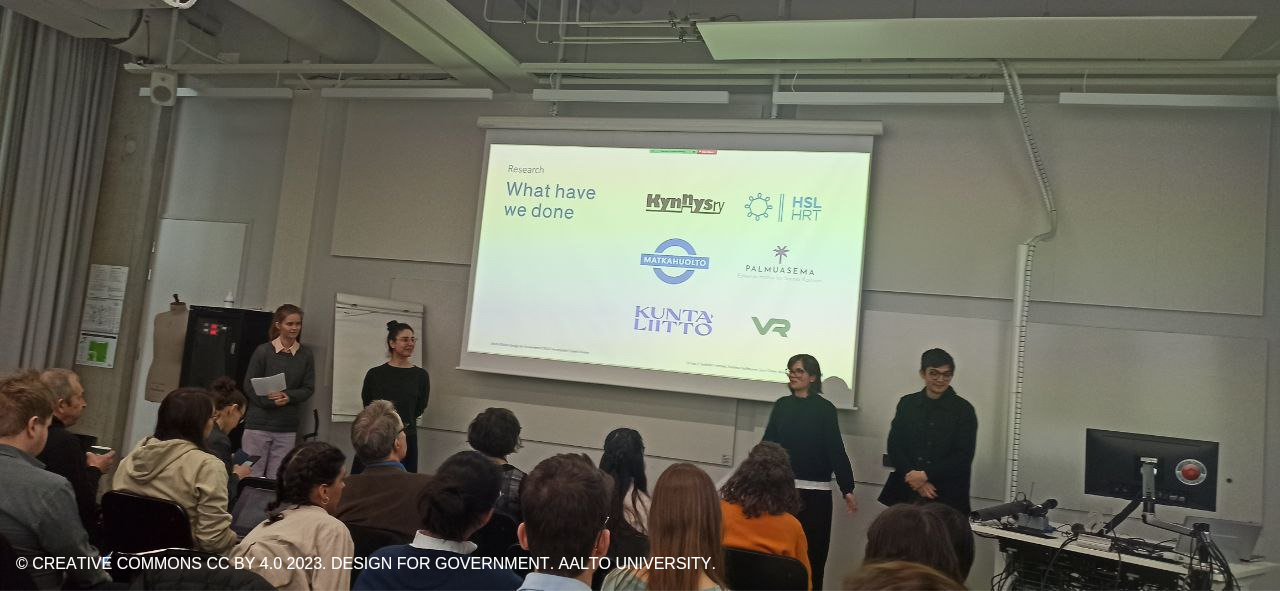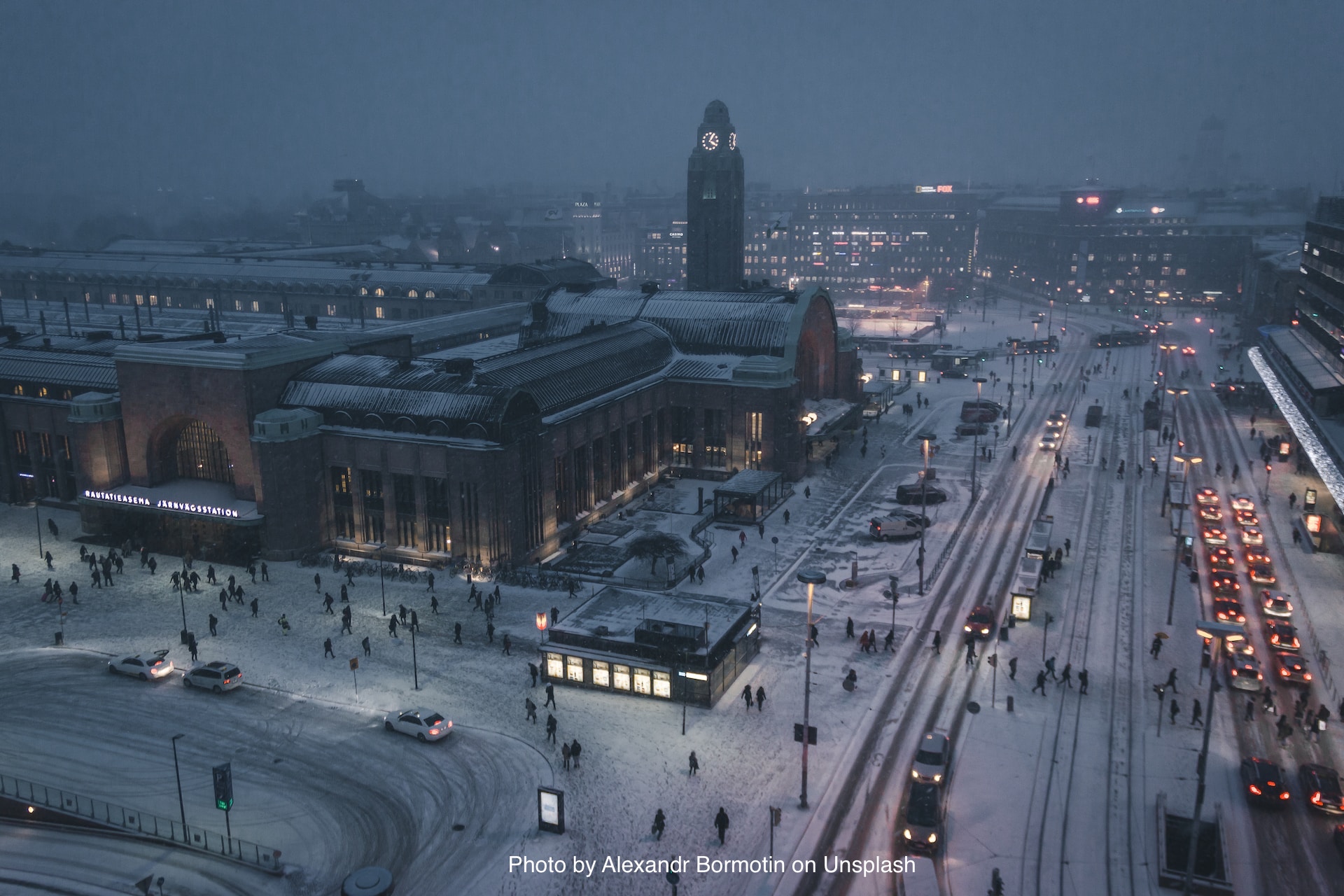From disconnected information to networked information
By incorporating a user-centred perspective, conducting systemic analysis, and fostering co-creation and engagement, we can transform the way we perceive and experience accessible transportation. In this last blog post we introduce our final solution, a comprehensive framework capable of achieving this transformation.

